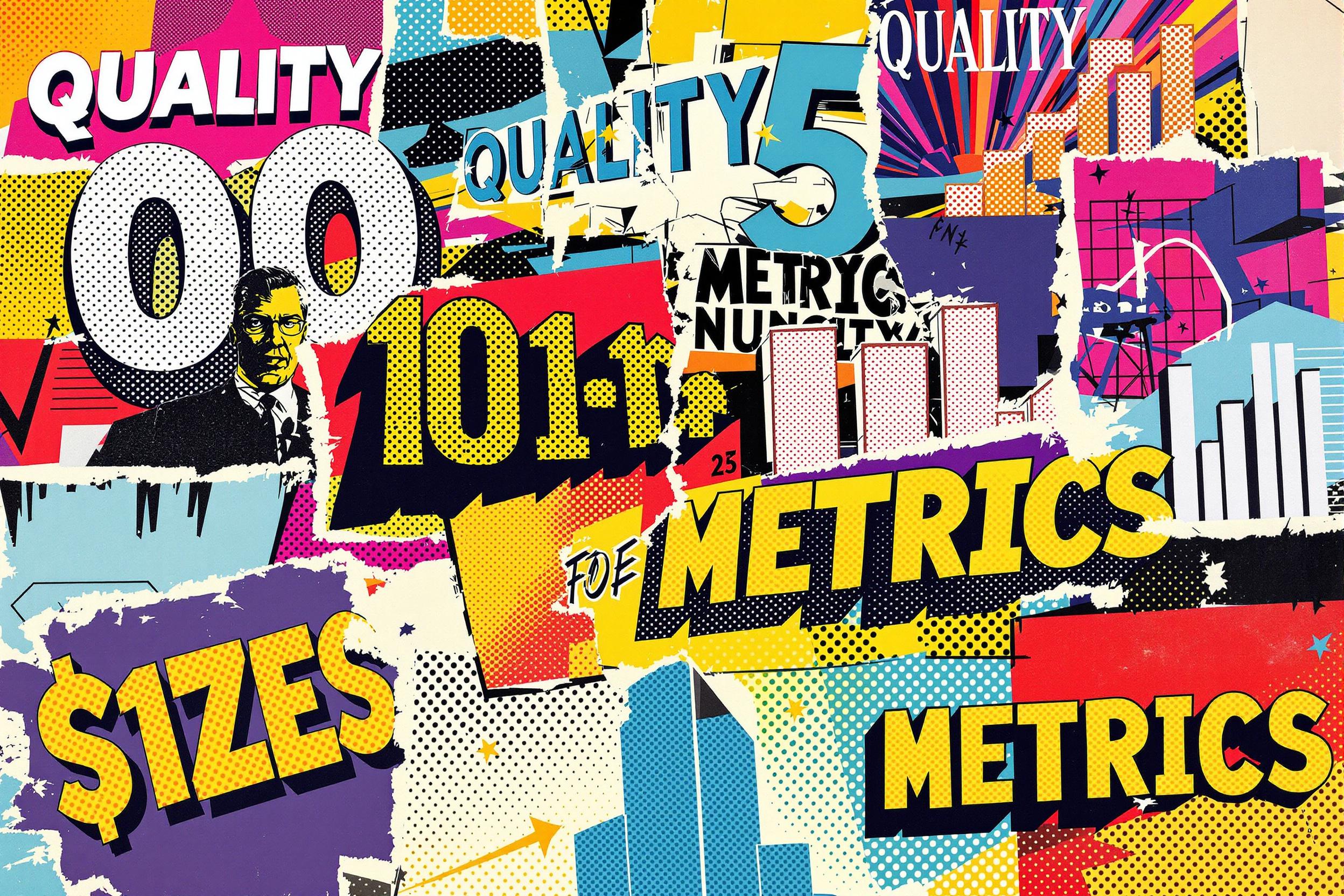
Clarity Grade
Clarity Grade is a standardized way to measure and describe how clear or clean a diamond is from imperfections. It's like a report card for diamonds that tells how many tiny marks or inclusions are visible inside or outside the stone. This grading system helps determine a diamond's value and quality. The grades range from Flawless (perfect) to Included (visible imperfections), with several levels in between. Diamond professionals use this system daily to assess and price diamonds, making it an essential skill in the jewelry industry.
Examples in Resumes
Certified in evaluating Clarity Grade and other diamond characteristics using industry standard equipment
Trained junior staff in determining Clarity Grades and identifying inclusions
Achieved 95% accuracy in Clarity Grade assessments compared to GIA laboratory results
Typical job title: "Diamond Graders"
Also try searching for:
Where to Find Diamond Graders
Professional Organizations
Job Boards
Industry Networks
Example Interview Questions
Senior Level Questions
Q: How would you train new graders to ensure consistency in clarity grading?
Expected Answer: A senior grader should explain their methodology for training, including hands-on practice with different clarity grades, use of microscopes and loupes, quality control processes, and how they ensure standardization across team members.
Q: How do you handle disagreements in clarity grades between different graders?
Expected Answer: Should discuss their approach to resolving grading disputes, including reference to industry standards, consultation with other experts, and documentation processes.
Mid Level Questions
Q: What factors do you consider when determining a diamond's clarity grade?
Expected Answer: Should explain the visibility of inclusions, their location, size, and number, as well as how surface blemishes affect grading, using simple, clear terms.
Q: How do you explain clarity grades to customers or non-technical staff?
Expected Answer: Should demonstrate ability to communicate technical grading concepts in simple terms, using analogies and visual examples when possible.
Junior Level Questions
Q: Can you list the main clarity grades from highest to lowest?
Expected Answer: Should be able to list grades from Flawless through Included, showing understanding of the basic grading scale and what each level means.
Q: What tools do you use to determine clarity grade?
Expected Answer: Should mention basic grading tools like loupes and microscopes, and explain their proper use in examining diamonds.
Experience Level Indicators
Junior (0-2 years)
- Basic use of grading equipment
- Understanding of clarity grade scale
- Identification of obvious inclusions
- Basic documentation of findings
Mid (2-5 years)
- Accurate grading of complex stones
- Detailed inclusion plotting
- Customer communication skills
- Quality control procedures
Senior (5+ years)
- Training and supervision of other graders
- Expert assessment of challenging stones
- Development of grading protocols
- Final decision making on disputed grades
Red Flags to Watch For
- Unable to use basic grading equipment properly
- Lack of knowledge about industry standard grading scales
- Poor attention to detail
- No formal gemological training or certification
- Inconsistent grading results
Related Terms
Need more hiring wisdom? Check these out...

Stop Chasing Unicorns: How to Finally Improve Candidate Quality Metrics (and Actually Enjoy Hiring)

How Collaborative Goal Setting Transforms Team Culture

Automated Scorecards in ATS Systems: Your Secret Weapon for Smarter Hiring Decisions

